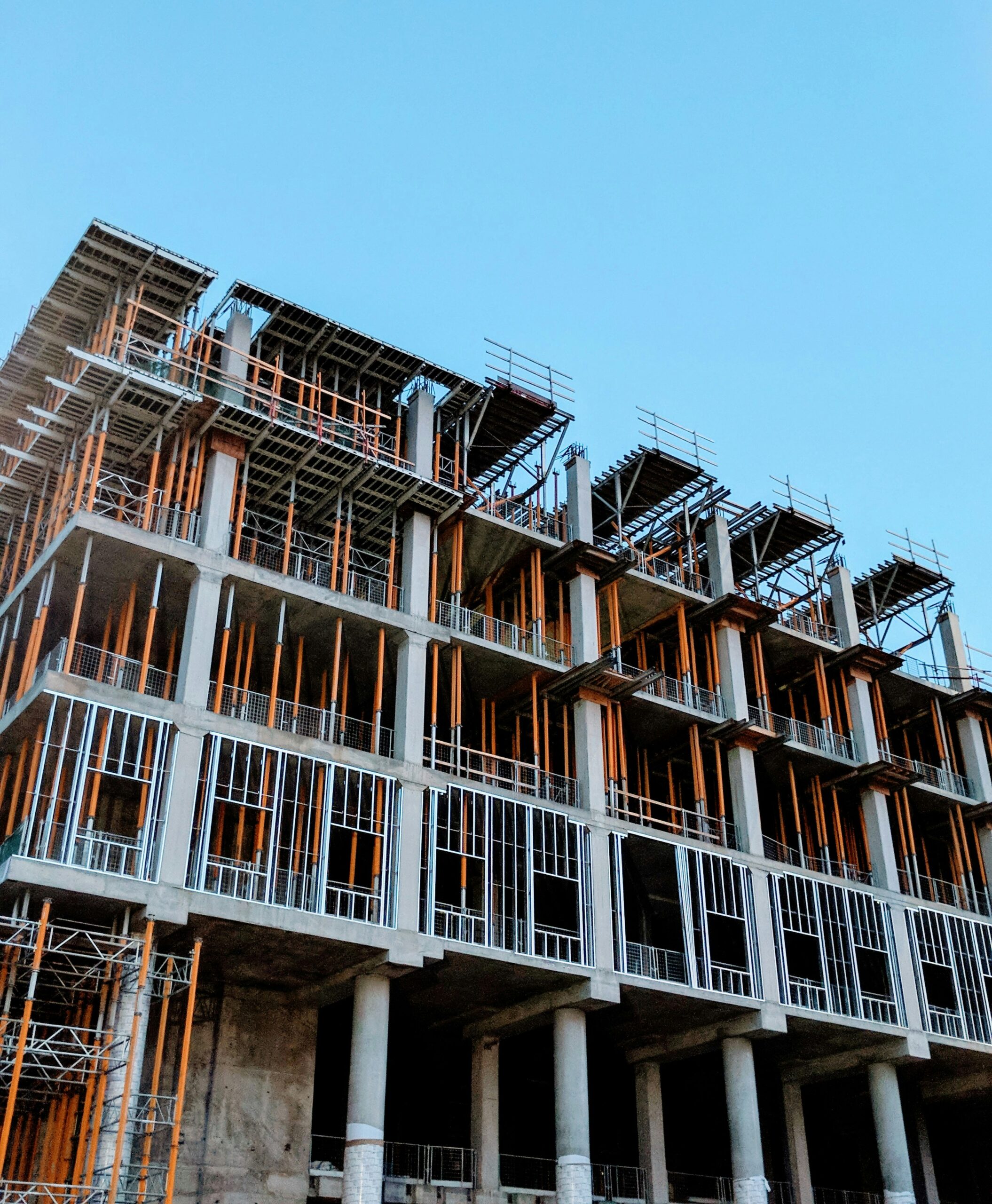
The construction industry is undergoing a significant transformation. With growing concerns about climate change, resource depletion, and environmental impact, the demand for sustainable and eco-friendly building practices has never been higher. Today, more than ever, architects, builders, and developers are committed to creating structures that meet human needs and help preserve the planet for future generations. From using renewable materials to incorporating energy-efficient technologies, the construction industry is leading the way in building a more sustainable future.
Green Building Materials: Revolutionizing Construction Practices
One of the most critical components of sustainable construction is using green building materials. These materials are designed to reduce the environmental impact of buildings and offer long-term sustainability. For instance, bamboo is becoming increasingly popular due to its rapid growth rate, strength, and minimal ecological footprint. Recycled steel and reclaimed wood are also widely used in eco-friendly construction, providing an alternative to traditional materials that are often energy-intensive.
Furthermore, natural insulation materials, such as wool, hemp, and cellulose, are gaining attention for their ability to regulate temperature and improve energy efficiency. These materials reduce the need for synthetic, chemically treated products, promoting healthier indoor environments. The shift toward environmentally friendly materials minimizes buildings’ carbon footprint and supports the circular economy, where materials are reused or repurposed rather than discarded.
Energy-Efficiency and Renewable Energy: Powering Green Buildings
Energy efficiency is a fundamental pillar of sustainable construction, and integrating renewable energy sources into building designs is essential for reducing dependence on fossil fuels. Solar panels are among the most common forms of renewable energy used in modern buildings. Installing photovoltaic panels on rooftops allows buildings to generate electricity, significantly lowering energy costs and decreasing greenhouse gas emissions.
In addition to solar power, other renewable energy sources, such as wind turbines and geothermal energy, are becoming more integrated into construction projects. These energy systems reduce reliance on external power grids, ensuring that buildings can function independently and sustainably. Advances in energy storage technologies, such as battery systems, allow for storing excess energy generated during peak production times, ensuring that energy is most available.
Innovative Building Designs: Enhancing Sustainability through Architecture
Architectural innovation plays a pivotal role in sustainable construction. Designs that maximize natural light, ventilation, and passive heating can dramatically reduce a building’s energy consumption. One notable example is the use of green roofs, which help regulate temperatures, reduce stormwater runoff, and improve air quality. Green roofs also provide valuable green spaces in urban environments, enhancing the quality of life for residents and promoting biodiversity.
Another innovative approach is using smart building technologies, which optimize energy use and reduce waste. Automated systems can control lighting, heating, and cooling, adjusting them based on occupancy and weather conditions. This not only improves energy efficiency but also enhances occupant comfort. Incorporating these technologies into modern building designs is helping to create buildings that are not only energy-efficient but also more adaptable and resilient to future environmental challenges.
Sustainable Construction Practices: Reducing Environmental Impact
Sustainable construction practices are not limited to the materials and technologies used in building but also extend to the processes and techniques employed during construction. One key practice is the use of modular construction, where components of a building are prefabricated off-site and then assembled on-site. This reduces construction waste, minimizes energy consumption, and shortens project timelines.
Another essential practice is reducing water usage during construction. By implementing rainwater harvesting systems, recycling wastewater, and using low-flow plumbing fixtures, builders can conserve water throughout a building’s lifecycle. These efforts benefit the environment and result in cost savings for building owners and tenants. Sustainable construction practices help reduce the environmental footprint of buildings from the moment construction begins and continues throughout their lifespan.
The Future of Sustainable Construction: A Vision for Tomorrow
As the world continues to face the challenges of climate change and resource depletion, the future of construction lies in adopting more sustainable and eco-friendly practices. With advancements in technology, materials, and design, the construction industry is well-positioned to create a more sustainable and resilient built environment. Governments, businesses, and communities must work together to promote sustainable building practices and create a future where construction serves both people and the planet.
Looking ahead, it’s clear that the future of construction will involve a more profound commitment to sustainability. Green building standards, such as LEED (Leadership in Energy and Environmental Design), are helping to guide and incentivize the industry toward more environmentally responsible practices. The continued growth of renewable energy technologies and the development of new, innovative materials will further enhance the environmental performance of buildings. Ultimately, by embracing these advancements, we can create a built environment that is functional, beautiful, and sustainable for generations to come.